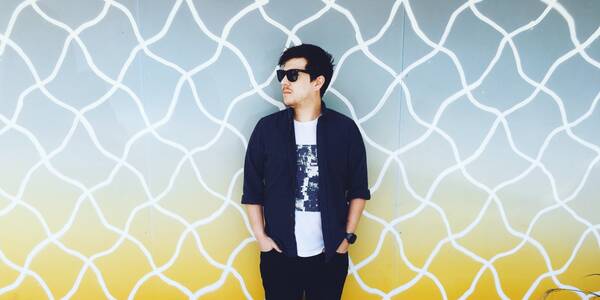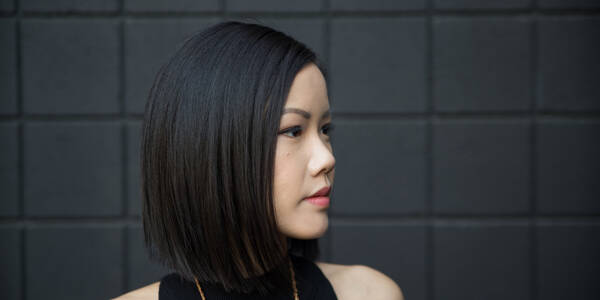profile / alumni / graphic-design
April 16, 2019
BY JAMIE WETHERBE
From Steve Jobs to ArtCenter: Meet Designer Victor Zaud
ArtCenter: What are you working on right now?
Victor Zaud (BFA 91 Graphic Design), Head of Marketing, IMVU: IMVU is a 3D, immersive social platform where users tap avatars to meet new people and build deeper friendships with those know. It’s also the largest community of 3D artists creating products (fashions, experiences and more) users can buy. This is the “second wave of social” — a new way to connect online, post-Facebook and other social “publishing” tools.
AC: Describe a moment in your childhood where you first identified as a designer.
VZ: When I was in high school, everything changed when I saw the Macintosh. I saw the future, and saw myself doing something with a Mac. I couldn’t afford one, so I started visiting a nearby ComputerLand — the way you might visit a car dealership to stare at a shiny, new Mustang. The store manager encouraged me to “play on it” because it was good for business. Every day after school, I’d walk three miles from Monta Vista High School to the store to use it, and the Mac Gazette newsletter was born.
AC: How did this lead you to Steve Jobs and Apple?
VZ: I sent a copy of my Macintosh Newsletter to Steve Jobs, who passed it along to Tom Hughes in Creative Services. Tom reached out and offered to meet with me. Soon after, I started visiting Tom at the office; he let me use the copy machine for my newsletter and one of the extra Mac’s, which was right across from Steve’s office. I was in heaven the summer of ’86 when I started my internship at Apple Creative Services. I met so many people who influenced me, including Cheryl Dalton Moreno, who introduced me to ArtCenter, and Clement Mok. After graduating, I worked for Clement, and his friendship and mentoring over the years has shaped my life.

Build your “creativity muscle” up as much as possible at ArtCenter. It will really distinguish you later.

AC: How do you define success?
VZ: Success in business for me is when something turns out the way I envisioned and has a measurable impact that creates an increase in revenue, brand awareness or simply joy for the audience.
AC: What’s the most unique thing you’ve designed?
VZ: There have been a lot of “firsts” — starting with the packaging for the Republic of Tea, but I think the most unique thing I’ve designed is the to-go box for Sugarfish. The goal was to design something that would feel as special and coveted as the sushi inside — plus, it needed to instantly communicate, like the Tiffany’s blue box. Functionally, I modeled it after origami from an old Japanese pattern book (with some modifications) and experimented tirelessly so it could be assembled without glue.

AC: What’s the design cliché you’re most tempted to use?
VZ: Less is more.
AC: What’s your most prized possession?
VZ: My Leica SL
AC: If you could trade jobs with anyone for a day who would it be?
VZ: Jony Ive — I’d just love to be in that mindset of defining experiences across hardware, software and environments at the scale of Apple.
AC: What book is on your bedside table?
VZ: No More Mr. Nice Guy.

Alumni Q&A
Submit the Alumni Q&A questionnaire to share your story. We want to hear about your accomplishments, what you're working on and your advice for future ArtCenter students.
AC: Where is your happy place?
VZ: At my simple home in the woods by the beach with my wife, Jessie McAnulty, (also an ArtCenter alum) and my two sons, listening to them play music. When I hear them all playing together, I just beam that I helped in a tiny way to make that happen.
AC: How would your closest friend describe you?
VZ: A nerd and a foodie who loves cars, and jazz, and everything Japanese.
AC: What’s your best piece of advice for an ArtCenter student who’s interested in following your career path?
VZ: Build your “creativity muscle” up as much as possible at ArtCenter. Come up with lots of ideas you think are great for a particular project — and then force yourself to go further and come up with one more. That’s the solution that’s often the best. Build that muscle up as much as you can now. It will really distinguish you later.
Related

profile
Full Circle: Meet Director Libero Antonio Di Zinno
March 20, 2019

profile
Bleed and Blend: Meet Creative Director Aaron Jacob
February 05, 2019

profile


